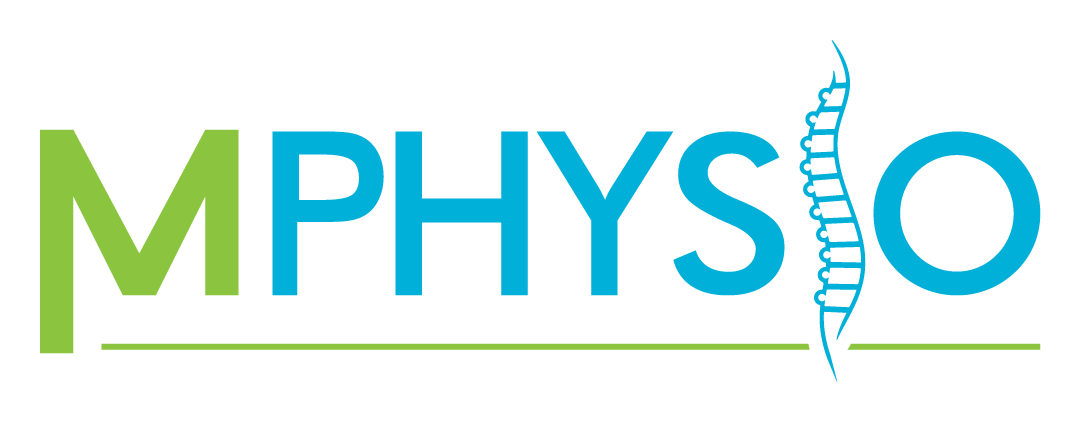Blog, Physiotherapy
Whiplash 101: Effective Physiotherapy Tips for Faster Recovery

Hi I’m Kevin Go, a physiotherapist at M Physio – Spring Hill, Brisbane, with a strong focus on treating musculoskeletal conditions.
Throughout my career, I’ve been passionate in empowering patients to regain control of their health and improve their quality of life.
One area I’m particularly interested in is neck and shoulder care, where complex and interconnected symptoms often demand a thoughtful, tailored approach.
Today’s blog will focus on what a whiplash injury is, and management strategies.
Whiplash: A Pain in the Neck – Literally
Whiplash is a term many have heard, but its full impact on health is often misunderstood.
Whiplash Associated Disorder (WAD) is commonly linked to car accidents, yet its consequences extend far beyond that.
In this guide, we will explore what WAD entails, its symptoms, recovery pathways, and insights from the professionals at M Physio.
What is a Whiplash Injury?
WAD typically occurs due to sudden forces, such as those in rear-end or side-impact collisions.
These forces can lead to injuries in the neck’s muscles, ligaments, and joints, and sometimes affect other spinal areas.
The severity of WAD can vary widely: some individuals may experience minimal pain, while others may endure substantial discomfort.
The Invisible Nature of Whiplash
One of the challenges with whiplash is that the injury is often invisible.
Since WAD primarily affects the soft tissues of the neck, X-rays, which focus on bone injuries, typically do not reveal the damage.
Although X-rays are useful for ruling out severe bone injuries, they do not account for pain or soft tissue injuries, which can be frustrating for those seeking clear answers.
What are the Symptoms of Whiplash?
The most common symptoms of WAD are neck pain and stiffness.
However, WAD can also cause:
- Headaches/migraines
- Pain radiating down the back or arms
- Dizziness or light-headedness
- Emotional distress following the accident
What is the Recovery Time and How Do I Treat It?
Recovery from WAD can vary. While many people experience relief in days or weeks, some may require months.
Research suggests that staying positive and active can accelerate the recovery process.
It’s essential to strike a balance between rest and gentle activity to allow the body to heal without further strain on the injured area.
Physiotherapy for WAD Recovery
Physiotherapy plays a crucial role in managing WAD.
At MPhysio, thorough assessments are performed to determine how WAD is affecting each patient.
Through hands-on therapy and personalised exercises, physiotherapists help alleviate pain and promote healing.
What Can I Do at Home?
Postural exercises are key in managing WAD symptoms.
Here’s a simple exercise to improve posture and reduce discomfort:
- Straighten your lower back and pelvis to elongate your spine.
- Draw your shoulder blades back towards the centre of your spine.
- Gently extend your neck, lengthening it upwards.
Hold this position for at least 10 seconds and repeat 3-4 times per hour throughout the day.
Addressing Stress and Psychological Impact
The emotional and psychological effects of an accident leading to WAD are significant.
Managing stress and maintaining a positive mindset are important aspects of recovery.
It’s essential to acknowledge the injury while preventing it from overwhelming your daily life.
Can WAD Be ‘Managed’?
WAD is often misunderstood, but it is a condition with a high potential for recovery.
Understanding the disorder, staying active within comfortable limits, and engaging in physiotherapy are key to healing.
Each recovery journey is unique, but with the right support and approach, a full recovery is achievable.
Seeking Help for Whiplash?
If you or someone you know is suffering from whiplash, come and see our expert physiotherapists at M Physio.
Our team is dedicated to helping you get back on the road to recovery with tailored treatment plans and compassionate care.
Don’t let whiplash hold you back—reach out to us today and start your journey to a pain-free life!
 |
Written By:
Bachelor of Physiotherapy |
References
Fernández-de-las-Peñas, C. et al. (2004) ‘Manipulative treatment vs. conventional physiotherapy treatment in whiplash injury’, Journal of Whiplash & Related Disorders, 3(2), pp. 73–90.
Jull, G. and Sterling , M. (2019) ‘Whiplash Injury Recovery ’. Motor Accident Insurance Commission (MAIC).
Jull, G. et al. (2013) ‘Management of Acute Whiplash: A randomized controlled trial of multidisciplinary stratified treatments’, Pain, 154(9), pp. 1798–1806.
Sterling, M. et al. (2019) ‘Physiotherapist-delivered stress inoculation training integrated with exercise versus physiotherapy exercise alone for acute whiplash-associated disorder (StressModex): A randomised controlled trial of a combined psychological/physical intervention’, British Journal of Sports Medicine, 53(19), pp. 1240–1247.


